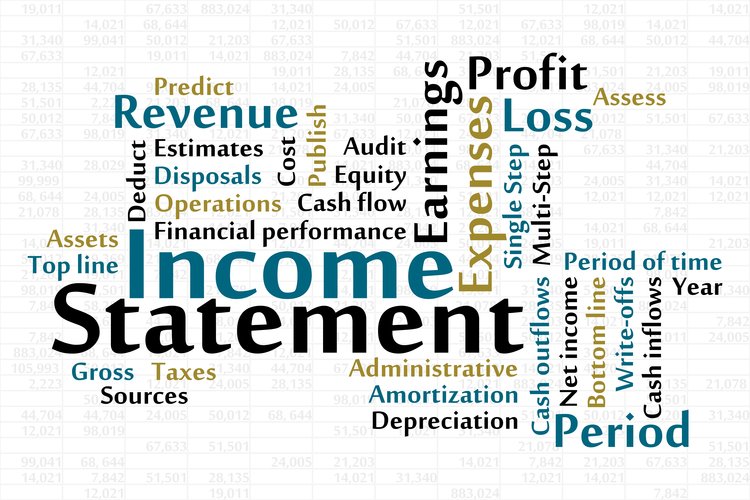If your business earns $500,000 in a year. It may be tempting to try and offset those earnings by claiming more expenses. But the IRS will certainly want you to explain if you claim 20 or 30 percent of your revenue was eaten up by expenses. You can’t just buy a $50,000 automobile for the company and claim it as an expense without daring the IRS to audit you. Your company must depreciate or amortize these large expenses over their useful life.
These fast facts on assets, amortization and depreciation will help you understand these important deductions.
Understanding the Two Types of Assets
When talking about assets, you need to start with a clear understanding of the two types of assets: tangible and intangible. A tangible asset is something you can actually touch and see. These are things like tools, office equipment, vehicles, buildings, or furniture.
Intangible assets, on the other hand, are things that can’t be seen or touched, but still add value to your company. They are things like intellectual property, branding, services performed, and even a good reputation.
You may spend money on either of these. Of course, you have to buy things like computers, vehicles, and buildings, but you may have expenses for those intangible assets, also.
You may spend thousands of dollars on designing your brand, advertising, your website and developing goodwill in the community. It costs a lot more to write a book than what you spend on the ink and the paper to produce it. Even though you can’t actually hold these things in your hands, they have increased the value of your company. They are still assets of your business.
The Two Big Scary Words
So what about those terms: depreciation and amortization? Both words are very similar. The main difference is that depreciation is used with tangible assets such as computers, cars, or buildings. Amortization is used with intangible assets, like intellectual property, branding, and building goodwill to spread the costs of these items over their useful life.
If you buy a computer for your office that costs $900 and you plan to use that same computer for three years, the IRS expects you to depreciate that item at $300 each year rather than claiming the whole $900 as an office expense.
In the same vein, if your startup pays a designer $10,000 to design a logo, build a website, and produce promotional material, you may spread those startup costs over 5 or even 10 years. In this way you amortize those costs of building your brand and promoting goodwill for your company.
When Do I Depreciate or Amortize a Cost?
What you count as depreciable assets and what things are simply expenses varies depending on your business. You should check with an accountant for a definitive answer, but a general rule of thumb is that items that are less than $500 are usually considered an expense. Tangible items of $500 or more and have a useful life expectancy of two years or more should be depreciated over time.
If you pay $3000 to build a website for your online business you might amortize the $3000 over a ten year period. However, it is possible you could sell that website for $30,000 at the end of the ten years because the work you put into building the business increased its value. Generally speaking, tangible assets will depreciate and lose value over time; intangible assets may appreciate or gain value or they also may lose value depending on how successful you are at building your business. Real estate assets may be an exception.
The Bottom Line
Knowing when a purchase is a mere expense or an asset that should be depreciated or amortized may seem like a scary decision. However, understanding how the IRS uses these terms and knowing what they mean tames these monsters and makes them a little less frightening.

